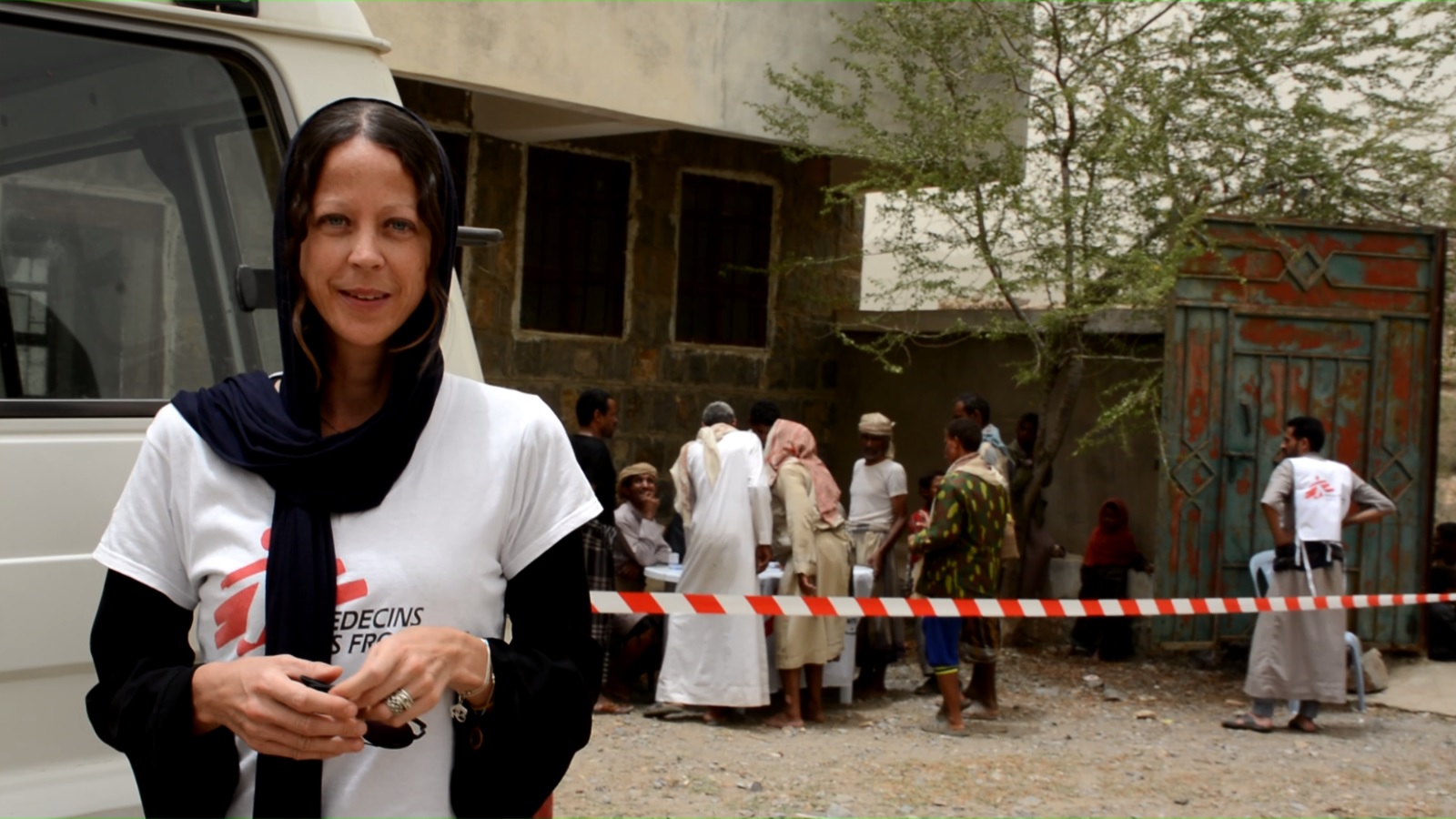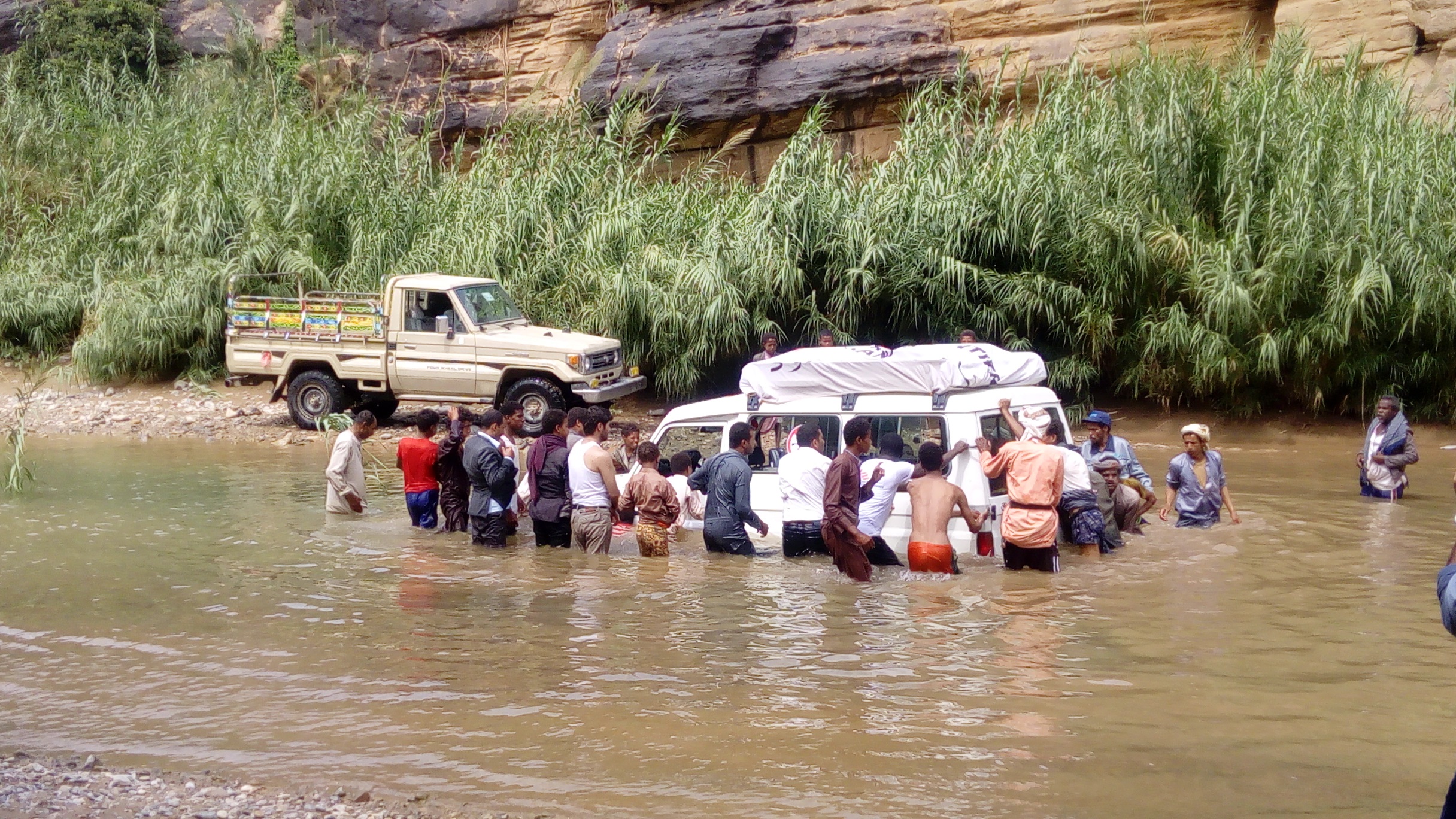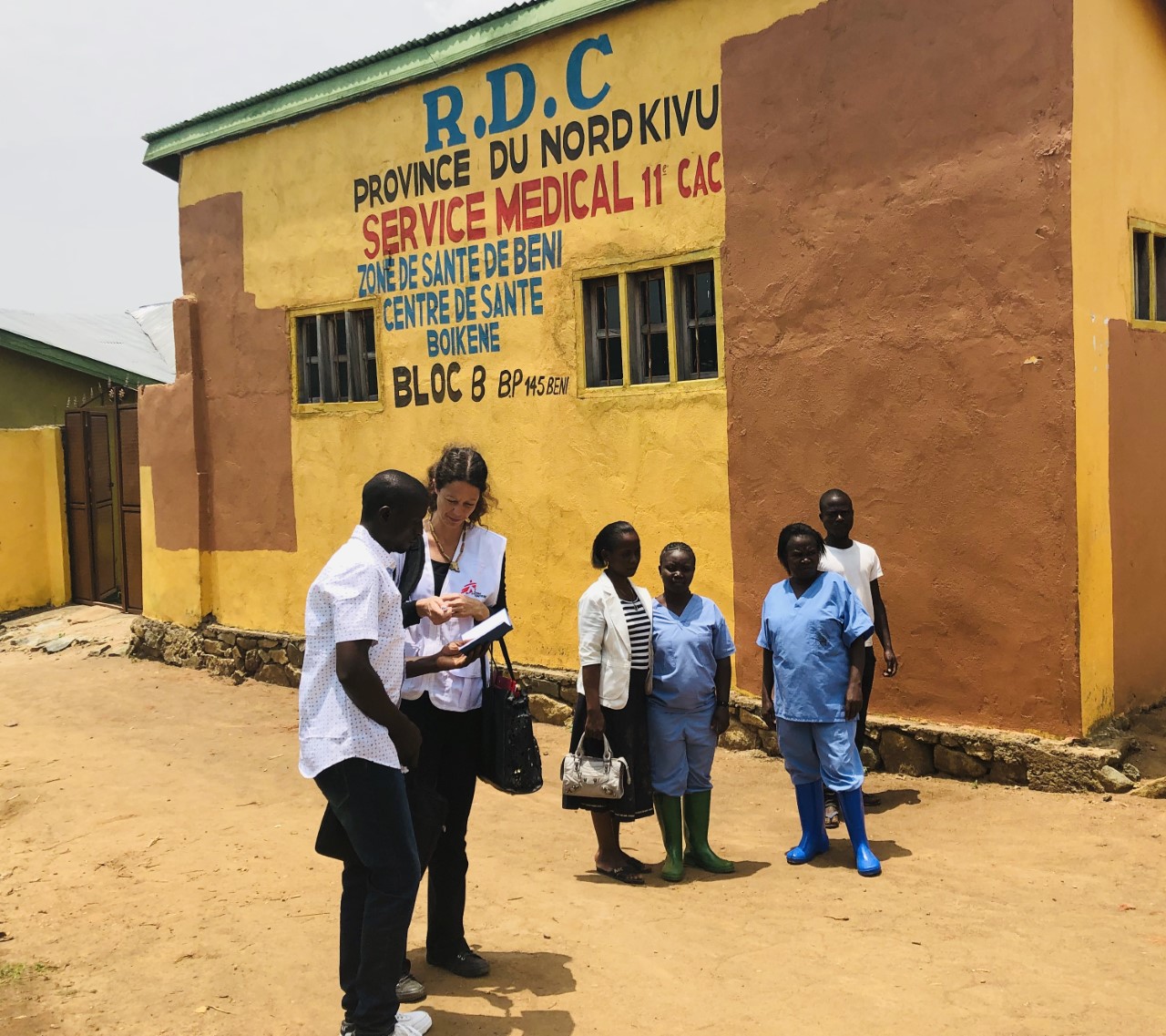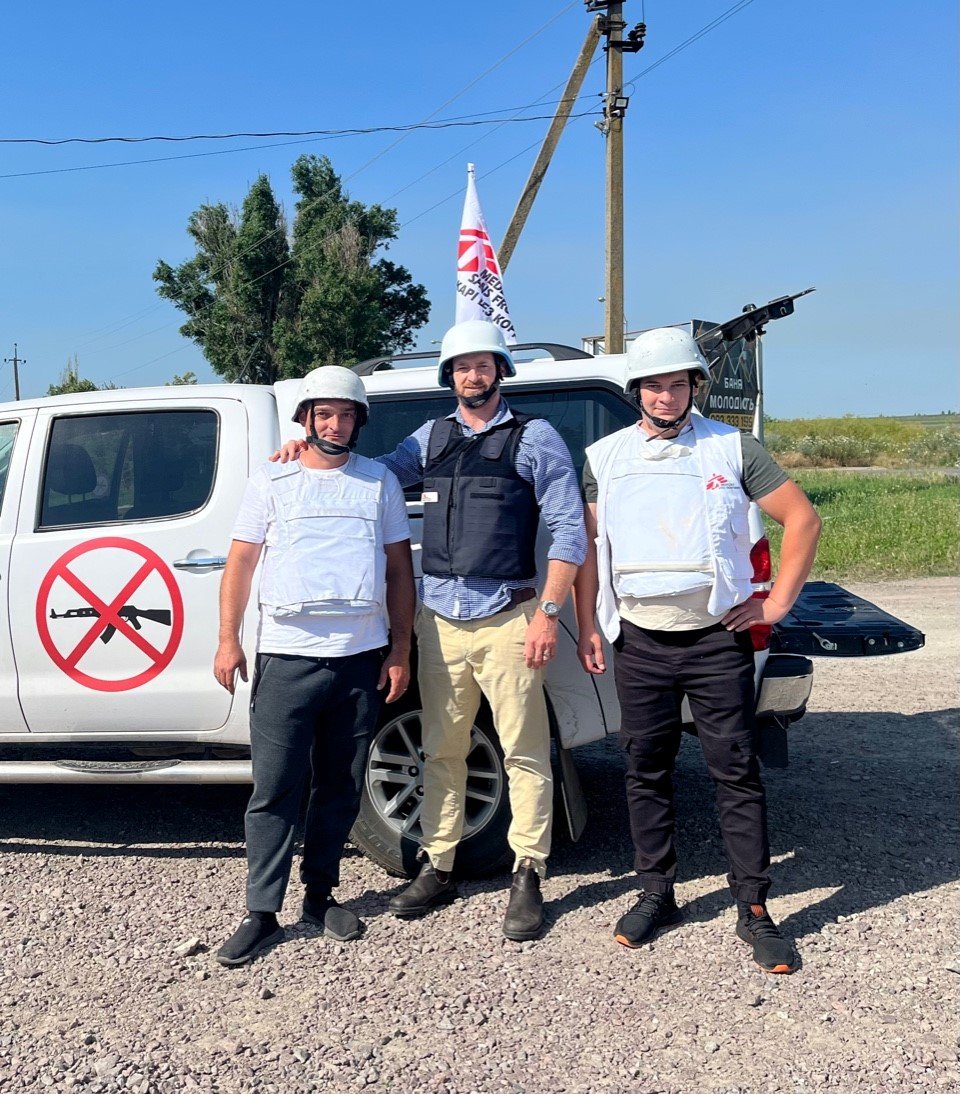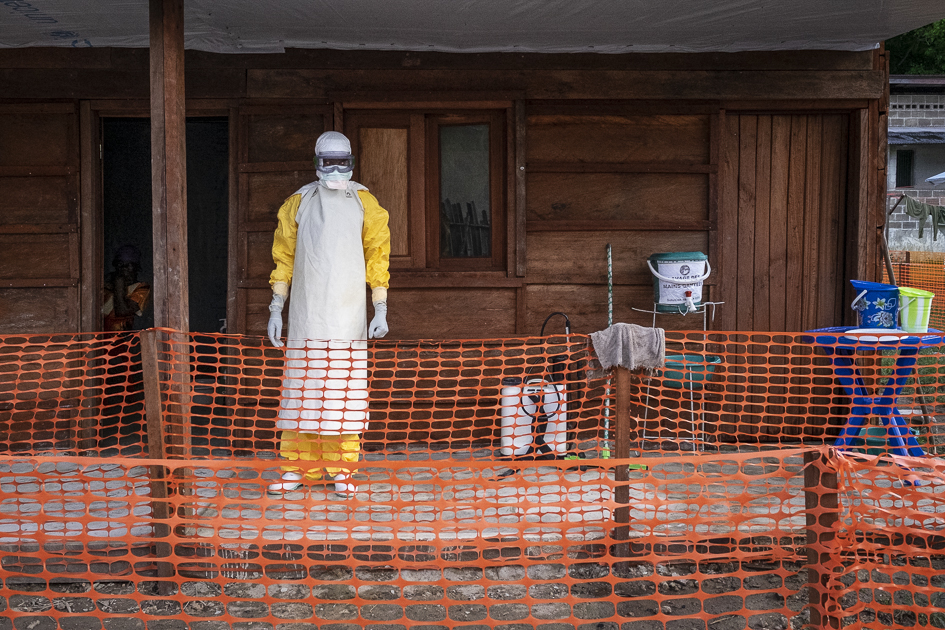What are the best parts of the project coordinator role?
As a project coordinator, you are on the ground with the team so you meet people who are really at the core of the project and you are there beside them. A big part of the role is sitting with people and listening to them, because that's the way you get to know what's really going on. Talking to the local commander talking about football is the best way to find out where the fighting is, or hanging out with women in their fields is when they'll tell you what they really need. You meet the bravest people that way and hear their inspiring stories.
How does working in an emergency team compare to working on an ongoing project?
It's exciting and terrifying to work in an emergency team. You always have to be ready to go at short notice and often you don’t know what you’ll be doing until you’re on your way, so you try to figure it out on the plane, and then you arrive to a team of people that you have to coordinate. But MSF has so many experienced people, especially on emergency teams, which means everyone brings amazing ideas to the table.
In regular projects, the work involves building on what's already there. When I was in Haiti, we had to open a trauma hospital, when the population was rioting. Everything was set on fire in the streets, but the rioters would move everything aside to let us through. That’s because the locals knew MSF from being there for so many years, and they knew we did high quality work.
You can make a difference that is more long-lasting on a fixed project, as you build relationships and trust with local colleagues and the community. When you leave, the local staff are the ones that carry on the work, which makes the project sustainable.
You have just returned from Kayna, Democratic Republic of Congo, what work are you most proud of from this assignment?
The medical team trained mothers to do nutrition screening themselves with MUAC (mid-upper arm circumference) tapes. It meant that women could monitor malnutrition and would know when to get to the hospital for treatment. We would give children that we admitted to the hospital a kit that included things like a bucket, soap and a blanket to take home. This was something we could offer that was also motivation to come and get treatment. But many mothers were still having to make difficult choices: ‘Do I stay where I am and feed my other children or do I walk three hours to seek treatment at the health centre?’, often risking their lives to walk alone and very often, facing sexual violence. They don't have money to pay for treatment, so it was good that MSF was there to provide this for free.

